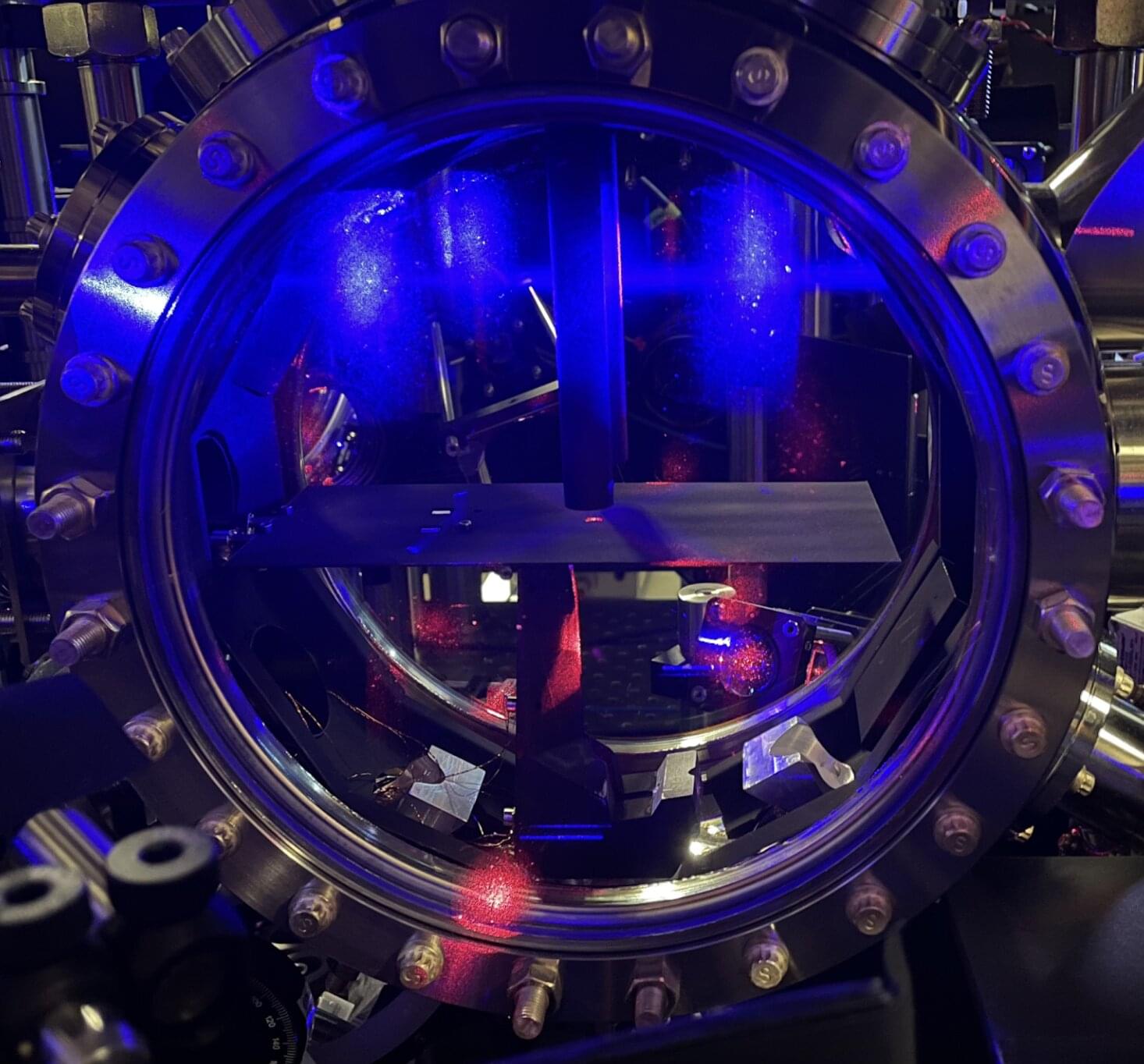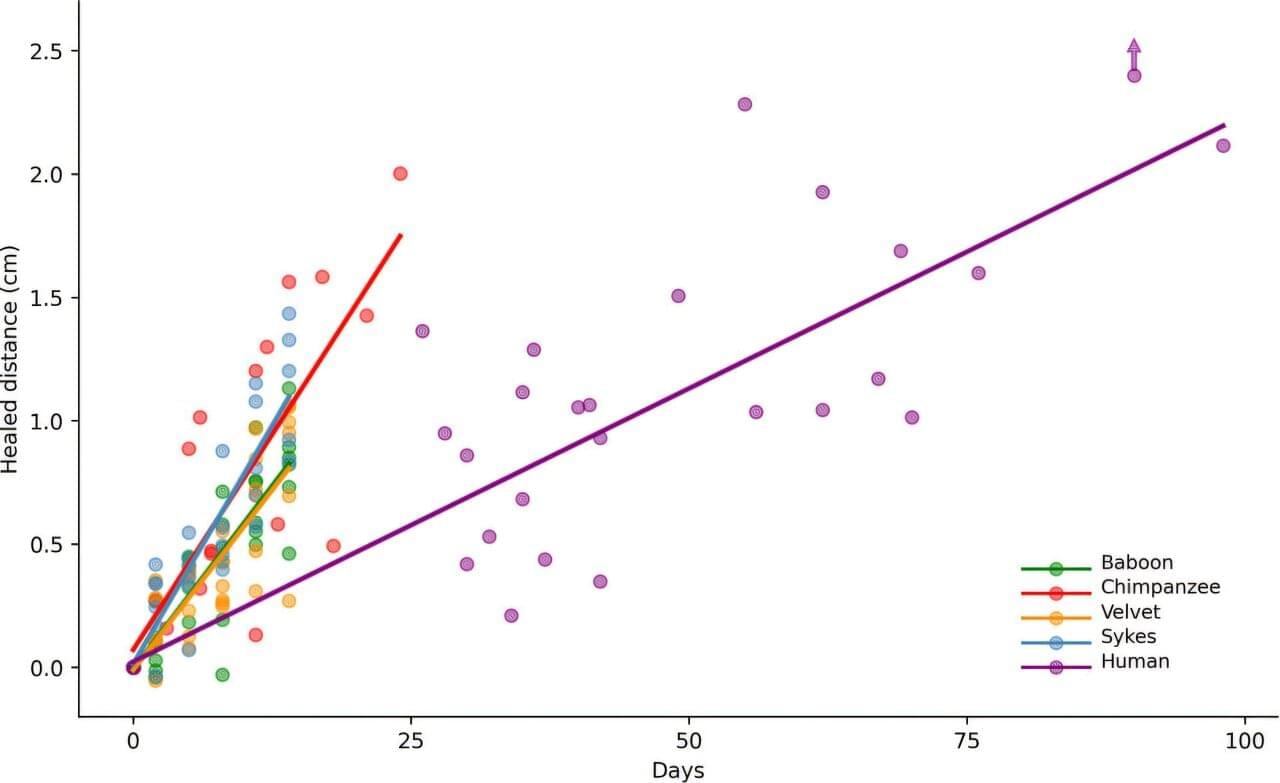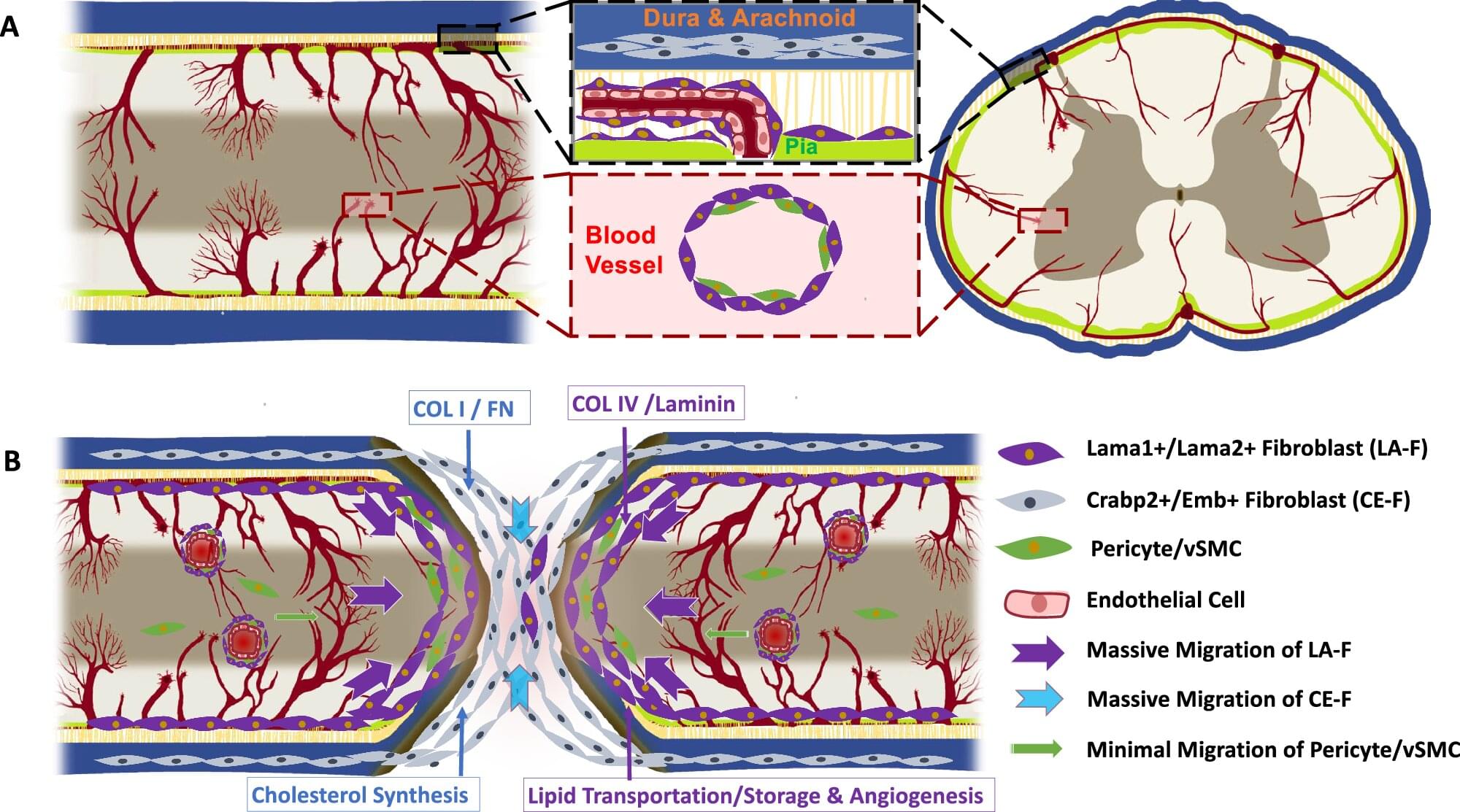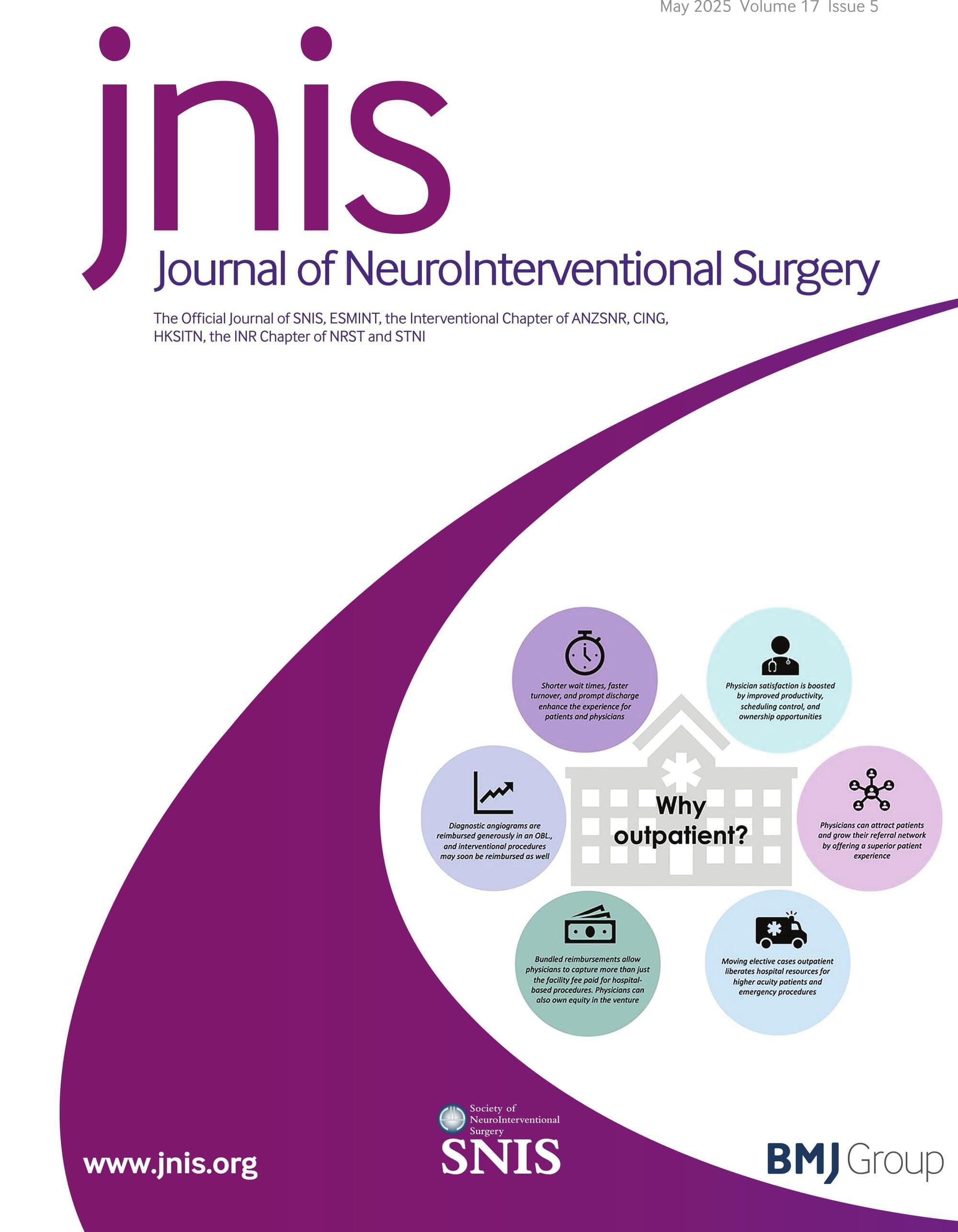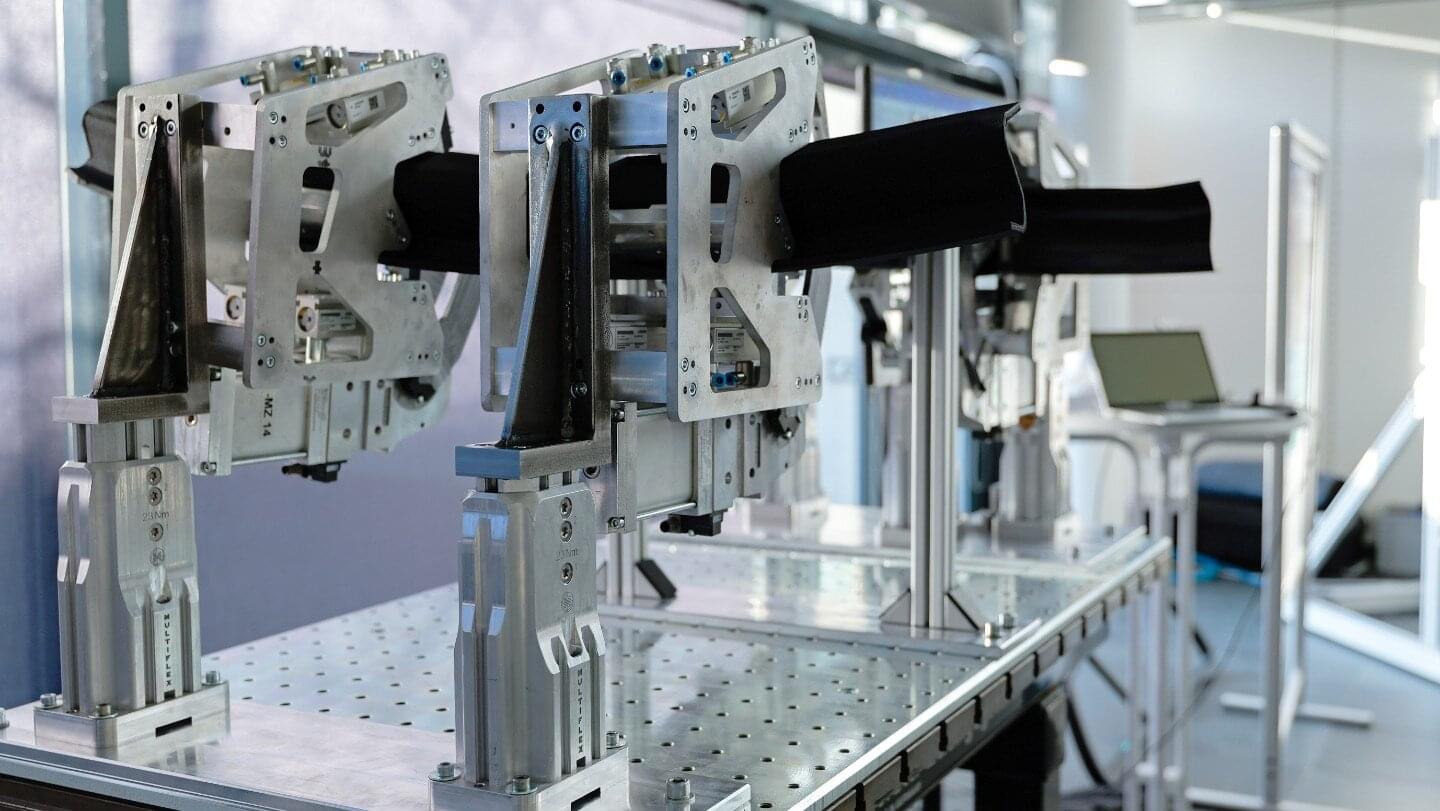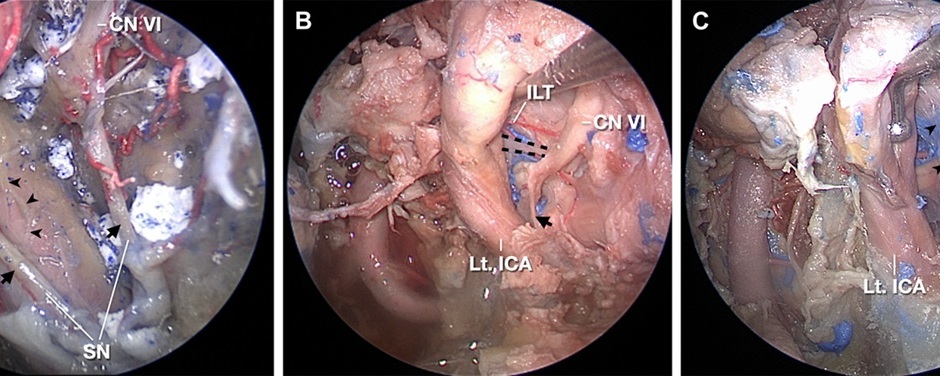Laser-cooled atomic gases, gases of atoms chilled to temperatures around absolute zero using laser technologies, have proved to be versatile physical platforms to study and control quantum phenomena. When these atomic gases interact with light inside an optical cavity (i.e., a structure designed to trap and enhance light), they can give rise to effects that can be leveraged to realize quantum sensing or simulate complex quantum systems.
Using atomic gases loaded in optical cavities, physicists have observed various intriguing effects, including self-organization phase transitions, characterized by the spontaneous arrangement of the gas atoms into ordered patterns, lasing and the preservation of quantum coherence. Generally, however, these effects are only observed for short times, as new atoms need to be reloaded in the cavity for them to be produced again.
Researchers at JILA, a joint research institute of the University of Colorado-Boulder and the National Institute of Standards and Technology, recently demonstrated continuous lasing that lasted hours using laser-cooled strontium-88 (88 Sr) atoms loaded into a ring (i.e., circular) optical cavity. Their paper, published in Nature Physics, could open new possibilities for the development of ultra-quiet lasers, as well as quantum computers and sensing technologies.
